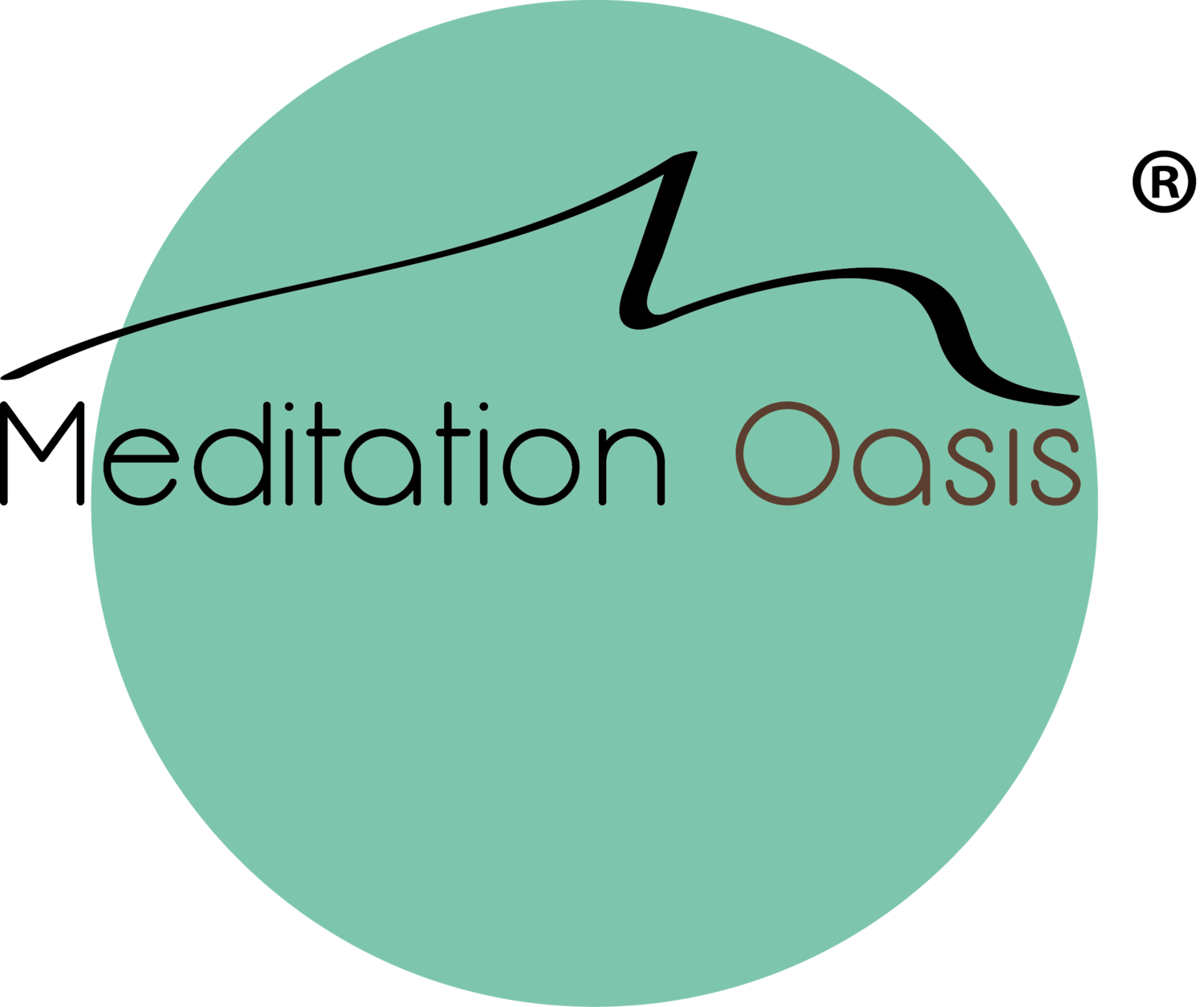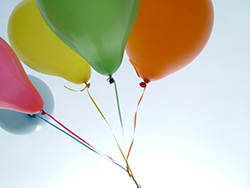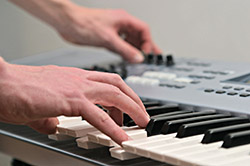 This latest podcast meditation came about when I became aware of how much easier it was for me to sense the right side of my body than the left. I was doing a body scan and when I noticed this difference in perception of the two sides, I began experimenting with favoring the signals coming from the left side. The result was a pleasant sense of balance and wholeness. I tried this out with my local guided meditation group and everyone loved the experience. The session had been recorded and so luckily we can share it with you. Doing this meditation, especially if you use it repeatedly, should enhance mind-body coordination, and increase mental and physical balance.
The Body Balance Meditation guides you to focus more than most of our meditations. You will be directed to put your attention on the right and left side of the body (moving from feet to head) and notice if you experience each side with equal clarity. Often it will be more difficult to sense one side than the other. When one side is less clear to you, you'll be guided to try to sense that side more, holding the intention of experiencing both sides with equal strength. As you do this, be very easy about this focus. You don't need to strain or concentrate hard to reach the goal of sensing each side equally. If you don't find your perception of each side shifting, that's fine. As with all of our meditations, any effort you make is an "effortless effort". As you repeat this meditation over time, just naturally the balancing of the perception of the two sides will take place. Simply having that intention will gradually make this shift happen.
This latest podcast meditation came about when I became aware of how much easier it was for me to sense the right side of my body than the left. I was doing a body scan and when I noticed this difference in perception of the two sides, I began experimenting with favoring the signals coming from the left side. The result was a pleasant sense of balance and wholeness. I tried this out with my local guided meditation group and everyone loved the experience. The session had been recorded and so luckily we can share it with you. Doing this meditation, especially if you use it repeatedly, should enhance mind-body coordination, and increase mental and physical balance.
The Body Balance Meditation guides you to focus more than most of our meditations. You will be directed to put your attention on the right and left side of the body (moving from feet to head) and notice if you experience each side with equal clarity. Often it will be more difficult to sense one side than the other. When one side is less clear to you, you'll be guided to try to sense that side more, holding the intention of experiencing both sides with equal strength. As you do this, be very easy about this focus. You don't need to strain or concentrate hard to reach the goal of sensing each side equally. If you don't find your perception of each side shifting, that's fine. As with all of our meditations, any effort you make is an "effortless effort". As you repeat this meditation over time, just naturally the balancing of the perception of the two sides will take place. Simply having that intention will gradually make this shift happen.
I'd love to hear your experience with this meditation, and, as always, am happy to answer questions.






